Health Benefits Of Nectarines: 14 Powerful Wellness Perks
This peach from the family of roses has endless boons to offer to your health.
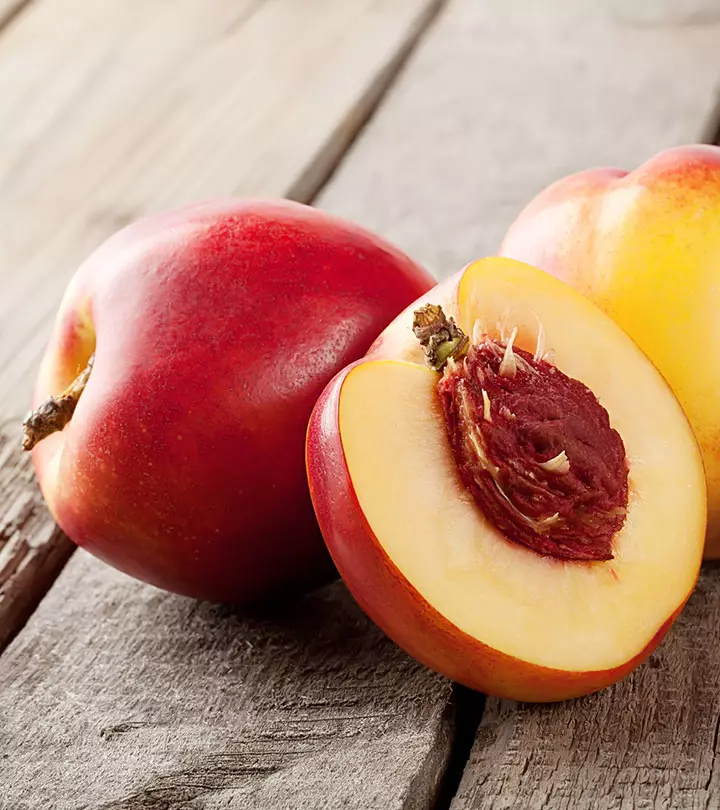
Image: Shutterstock
Nectarines, scientifically known as Prunus persica, are packed with essential vitamins and minerals that contribute to promoting overall wellness. The health benefits of nectarines range from reducing cancer risk to improving heart health. They are well-known for their impressive nutritional profile and originated in China about 2,000 years ago. This article highlights the 13 amazing benefits of these fruits, their nutrition facts, and more. Keep reading.
 Know Your Ingredient: Nectarines
Know Your Ingredient: NectarinesWhat Is It?
A red, round fruit that has a tangy and sweet taste.
What Are Its Benefits?
It may aid in weight loss, maintain blood pressure, slow down signs of aging, and support heart and digestive health.
Who Can Consume It?
Anybody can consume it except people with chronic kidney disease and those on diuretics.
How Often?
You can consume 1 nectarine daily.
Caution
Avoid consuming nectarines if you are pregnant or breastfeeding. It may cause itching, swelling, and rashes in some people.
In This Article
14 Amazing Health Benefits Of Nectarines
Wait a minute – why talk about all this? Is this fruit such a big deal?
Key Takeaways
- A close cousin of peaches, nectarines have smoother skin but offer similar benefits.
- Nectarines are packed with vitamins and improve digestive health and the immune system.
- They contain antioxidants that improve skin health.
- They boost gut health and weight loss due to their rich fiber content.
Are Nectarines Good For You?
Firstly, nectarines and peaches are close cousins. So, the benefits you enjoy from nectarines would be available even from peaches.
Back to the question – is the fruit good for you?
Nectarines are great sources of beta-carotene, vitamin C, and lutein – nutrients that offer tremendous benefits. They enhance immunity, protect vision, and prevent numerous deadly diseases. They also help improve skin health.

Nectarines are rich in fiber, too. And the greatness of fiber needs no special mention. It aids digestion both mechanically and by contributing to a diverse microbiome (fiber feeds probiotics in the gut) and fights against several abdominal ailments, including stomach and colon cancers. And the potassium in nectarines can help manage blood pressure levels (1) (2).
The beta-carotene and vitamin C in nectarines are powerful antioxidants that strengthen immunity and can prevent the onset of lethal diseases (3). Lutein can reduce the risk of cataractsi A condition where one's vision gradually gets fuzzy as the eye's typically clear lens becomes clouded, interfering with daily tasks. and age-related macular degenerationi An eye condition caused by a damaged macula affecting central vision, making it challenging to carry out daily tasks. . One nectarine contains about 150 micrograms of lutein.
These sumptuous stone fruits are low in calories and have a low glycemic index (just in the 40s, which on a scale of 0-100 can be considered on the lower end). Which means they can be a go-to food for diabetics as well, when paired with adequate protein and fat. They contain copper that is involved with energy metabolism and may help you stay active for longer hours. And…well, let’s get into more detail, shall we?
Health Benefits Of Nectarines
Check out here some of the best nectarine benefits in detail.
1. Help Prevent Cancer
From one study, mice were given an extract of the fruit and the findings stated that the nutritious fruit had provoked the most aggressive of the cancer cells to kill themselves. Also, fruits with the most red on their skin contained the highest cancer-fighting properties (4). But there’s a catch – the benefits may not be as effective with canned nectarines (or peaches).
According to another Boston study, the intake of a minimum of 2 servings of nectarines or peaches in a week can cut the risk of breast cancer in post-menopausal women (5). Consumption of the fruit was also linked to a lower risk of tumors.
Anecdotal evidence suggests that the quercetin and chlorogenic acid in nectarines stall cancer cell proliferation. And since the fruit is a superb source of antioxidants, it may play a role in cancer prevention. However, more research is required to support this.
Nectarines also contribute to bile acid binding (the binding of certain components in the bile acid of the gastrointestinal tract). This prevents the recirculation of the bile acid within the stomach – leading to the excretion of potentially cancer-causing toxins from the body (6).
Research suggests that nectarines may be able to help prevent prostate cancer. A study published in the Health Promotion Perspectives journal investigated the relationship between dietary patterns and prostate cancer risk in Iranian men. The study, conducted in the Kermanshah province, included 50 prostate cancer patients and 150 healthy controls matched for age and BMI. Using a food frequency questionnaire, researchers identified dietary patterns through factor analysis. The findings revealed that a healthy dietary pattern significantly reduced prostate cancer risk, while an unhealthy dietary pattern increased it. The study concluded that adopting a healthy diet could lower prostate cancer risk, whereas an unhealthy diet may increase it (7).
The carotenoids (yellow pigments) and anthocyanins (red pigments) can also prevent inflammation that causes cancer. And white fleshed nectarines contain catechins that fight cancer (8).
The high fiber content in nectarines can also prevent several types of cancer (1) (9). High consumption of nectarines is also associated with a decreased risk of head and neck cancer (9).
2. Have Anti-Diabetic Properties

Are nectarines good for diabetics? According to research, nectarines contain bioactive compounds that help prevent and manage diabetes (10). The phenolic compounds in the fruit have anti-diabetic properties.
We already discussed glycemic index (to what extent a particular food can elevate blood glucose levels). Raw nectarines have a glycemic index of 43, which is on the lower end.
The nectarine fruit is also one of those carbs that raise blood sugar levels slowly (11). The phenolic compounds in nectarines not only help fight diabetes but also prevent heart disease by reducing the oxidation of bad cholesterol.
There is no one-fits-all diet plan to combat diabetes. (12). Also, carbohydrates are not the enemy of diabetics. In fact, did you know that the American Diabetes Association recommends consuming more of the healthy carbs found in whole grains, fruits, and vegetables? The point to be noted here is this – one must cut back on low-quality carbohydrates, or refined carbs like processed foods, etc. Otherwise, healthy carbs are always necessary. And nectarines contain those healthy carbs. Most diabetics also find that when pairing carbohydrate with ample fat and protein, they do not suffer pendulous blood glucose levels.
Nectarines can also help battle metabolic syndrome, which is one of those ailments diabetics often suffer from.
However, a word of caution – certain reliable sources quote nectarine as a high-sugar food, stating it could be harmful to diabetics (13). Speak with your doctor if you are diabetic and would like to incorporate nectarines into your diet.
3. Aid Weight Loss
The natural substances in nectarines fight inflammation and create a domino effect that helps fight obesity. And, as we saw, they can also prevent metabolic syndromei A cluster of multiple health disorders that raise the risk of developing heart disease, insulin resistance, and neurological problems. that would otherwise lead to weight gain.
The fiber in nectarines may aid weight loss (14). The fiber achieves this by converting water into a gel-like substance in the intestines, which then prevents the cholesterol and fats from being absorbed into the blood. This contributes to healthy weight loss. Soluble fiber also reduces bad cholesterol in the body.
According to the Journal of Nutrition, soluble fiber can have powerful effects on health (15). And as per the American Journal of Clinical Nutrition, dietary fiber supplements that claim to aid weight loss are not as effective (16). Hence, more power to the natural soluble fiber in nectarines!
Fiber is so effective for weight management that, as per a study, individuals who only added fiber to their diets lost as much weight as people who followed a heart-healthy, low-calorie and low-fat diet plan suggested by the American Heart Association (17).
That’s incredible, isn’t it?
4. Offer Antioxidant Defense
According to a Spanish study, the phenolics and flavonoids in nectarines contribute to their wonderful antioxidant properties (18).
As per another American study, the antioxidants in nectarines reduce oxidative damage and promote longevity (19). Consumption of the fruit was also linked to DNA damage repair. Another study on flies concluded that nectarine can limit the harmful effects of a high-fat diet and can even promote the health span of the species. Similar observations are possible in humans.
Another study on female flies had a groundbreaking revelation. Nectarine was found to increase the reproduction of female flies, suggesting that the fruit can delay reproductive aging.
To give a comparison – the total antioxidant capacity of one nectarine fruit is 20% relative to that of 100 ml of green tea. But one aspect is to be kept in mind – nectarines are highly perishable given their limited market life potential. Hence, consume them quick.
Nectarines offer twice the amount of vitamin A, more vitamin C, and a lot more potassium than peaches. Some folks/children are also turned off by the fuzz of a peach, so nectarines may be a preferable choice for you and your family. However, diving into the benefits of peaches can show you how this sweet and fragrant fruit can enhance your health. Peaches are known for their hydrating properties and their ability to support digestion, making them a versatile and health-boosting fruit.
Other stone fruits that you can consume for enhancing the antioxidant content of your diet include prunes, cherries, plums, and apricots (20). And yes, peaches too.
5. Prevent Hypokalemia
Hypokalemia is the deficiency of potassium in the bloodstream. And nectarines, given their richness in the mineral, can help treat the condition.
As per a report by the Harvard Medical School, low potassium levels can lead to heart muscle weakness and disturbances with its rhythm (21).
Potassium also regulates the acid and water content in the body tissues. It helps build muscle, supports growth, and improves the functioning of the nerve cells. All of these could be affected if hypokalemia happens. So, go for nectarines!
According to the Institute of Medicine, an adult must consume 4,700 milligrams of potassium per day to prevent hypokalemia. But nectarines may not be enough to balance potassium levels. If your potassium levels are 2.5 millimoles per liter or less (your doctor can explain you this), you may need to consider medically supervised supplements as well. Always consult your physician before beginning any supplement, especially where electrolytes are concerned. Electrolyte imbalances can lead to organ failure.
6. Regulate Blood Pressure Levels
Potassium can also help regulate blood pressure levels (22). And we have just seen how rich nectarines are in potassium. Diet is important, especially in cases like high blood pressure. Many doctors have managed to bring down excessively high blood pressure levels simply by modifying the patients’ diets.
The potassium in nectarines works by relaxing the walls of the blood vessels (23). But people with kidney ailments must be careful as the mineral may be harmful for them; they may be on a potassium-restricted diet.
Potassium depletion in the blood has also been linked to the retention of sodium levels – thereby causing high blood pressure. A review in the Journal of the American Society of Nephrology highlighted the significant role of potassium in regulating blood pressure. Research shows that there is a greater prevalence of hypertension in areas where people mainly consume low potassium diets. The study found that potassium supplement may help lower blood pressure in those with hypertension who ingest normal amounts of sodium. However, further research is needed to completely understand the mechanism behind this effect of potassium. So, it is recommended to consult your doctor before adding potassium to your diet (24).
According to certain observations, potassium can also act as a diuretic and hence reduce the extracellular fluid volume – this can lower blood pressure to an extent (25).
Medications for high blood pressure cut the risk of heart attack and stroke by 15% and 25% respectively. But they also come with certain side effects. Which is why prevention is better than cure.
But, if you are already suffering from high blood pressure, nectarines can only supplement your medication and not replace them. Check with your doctor before you alter any medication or supplement in your regimen.
7. Improve Heart Health

The very fact that nectarines help lower blood pressure is enough for one to consider its benefits for heart health. In addition, the fruit is also rich in vitamin C, an antioxidant that can help maintain heart health.
The fiber in nectarines can also contribute to a healthy heart (26).
White nectarines are known to maintain heart health by regulating blood cholesterol levels.
8. Enhance Digestive Health
Much anecdotal evidence suggests that, the fiber in nectarines can improve digestive health. And nectarines can offer relief from constipation as well (34).
The fiber in nectarines can also stimulate the growth of beneficial gut bacteria (35). Nectarines are also naturally high in prebiotics that can greatly enhance digestive health as they serve as fuel for probiotics, the live organisms, in your body.
It can also relieve stomach upset. Talk to your registered dietitian about your IBS diet as nectarines (and stone fruits) may be prohibited during an elimination period.
9. Lower Cholesterol Levels
Soluble fiber lowers cholesterol levels. And we know that nectarines are great sources of the fiber. One medium nectarine contains about 2.2 grams of fiber (1).
According to a report, the intake of 5 to 10 grams of soluble fiber every day can bring down the bad cholesterol levels by as much as 5% (27).
One way of incorporating nectarines in your diet for lowering cholesterol is to include this juicy fruit (cut pieces) in your breakfast cereal. You can also eat the whole fruit as an evening snack with some yogurt or cottage cheese.
10. Improve Immunity And Fight Infections
One of the best benefits of nectarines is their potential to enhance immunity. The fruit’s vitamin C content may bolster immunity (28). On top of that, vitamin C also aids the body in the process of regenerating vitamin E – which is another nutrient that fights free radicals and strengthens the immune system (29).
The beta-carotene and other carotenoids in nectarines also contribute to immune function in the body (1) (30).
And the vitamin A in nectarines can help fight infections. It strengthens the cell walls and protects the mucus membranes from invading bacteria (31).
11. Enhance Skin Health

Nectarines are great sources of vitamin C, and according to the Oregon State University, the vitamin can prevent potential UV damage (32). Vitamin C also plays a role in the synthesis of collagen, the protein essential for skin’s integrity. This protein is an important part of the connective tissue that holds the skin, bones, tendons, ligaments, cartilage, and blood vessels together. It combats skin aging, accelerates wound healing, and heals dry skin with its hydrating properties.
As per one Indian study, vitamin C can also be used to treat skin hyperpigmentation and inflammation (32). The vitamin is also known for its role in preventing skin cancer (33).
An American study suggests that vitamin C can improve wrinkles as well (34). More importantly, it improves the appearance of the skin even as it ages – and promotes healthy tissues too (35).
We humans cannot produce vitamin C, which is why we must rely on healthy food sources – like nectarines. The vitamin has also been found to aid in cellular renewal.
It is a rare case that one suffers from the effects of excess vitamin C – but still, practice caution and do not take Vitamin C supplements (36).
12. Enhance Cell Health
The vitamin A in nectarines improves cell communication. It promotes cell development by encouraging immature cells to develop into completely functional tissues.
According to a Philadelphia study, deficiency of vitamin A in pregnant mothers can limit the growth and development of their babies (37).
Vitamin A has also shown to help the T cells (cells that are responsible for immunity) in the gut to navigate to the required areas to perform repair and maintenance (38). It also has a role to play in the development of white blood cells (39). In addition, vitamin C can influence cell development (40).
13. Improve Eye Health
Nectarines are rich in lutein and zeaxanthin, the carotenoids found in the retina. Consuming these improves pigment density in the macula (41). They protect the eyes by neutralizing free radicals and are usually found together in food.
The beta-carotene in nectarines also supports eye health and might prevent macular degeneration. One cup of nectarines contains about 214 micrograms of beta-carotene.
A higher intake of lutein and zeaxanthin can decrease the risk of cataracts and age-related macular degeneration – and it is important to note that these two diseases have limited treatment options (42). Hence, it is easier to attempt prevention.
Lutein can also help prevent another eye ailment called retinitis pigmentosa, which is a group of eye disorders causing progressive damage to the retina (43).
Lutein and zeaxanthin can also help vision issues related to dim light or when glare could be a problem (44). The benefits of these two compounds could be attributed to their ability to filter the blue light (from the UV radiation) and offer antioxidant power (45).
14. Helps Prevent Anemia
We know iron helps prevent anemia. And even though nectarines aren’t particularly rich in the mineral, the vitamin C in them helps improve iron absorption in the body (46).
In other words, the more the amount of vitamin C in the food, the better the iron absorption (47). But we need to understand that most foods don’t come fortified with vitamin C (high cost and instability during storage) – which is why including foods rich in vitamin C, like nectarines, helps a lot.
This applies even if you are taking an iron supplement for your anemia. You can take about 240 milliliters of nectarine juice along with your iron pill for optimal iron absorption. But, as always, consult your physician.
It is also important to note that fresh or frozen fruits (nectarines, in this context) have more vitamin C than the canned variants (48). Vitamin C is also quite sensitive to heat, so amounts may degrade when cooking.
That was about what are the health benefits of nectarines, and now some fun facts about nectarines.
Nectarine Nutrition Facts
Here is the amazing nutritional value of peaches.
| Nectarine (Prunus persica var. nucipersica), Fresh, Nutritive value per 100 g. | ||
| (Source: USDA National Nutrient data base) | ||
| Principle | Nutrient Value | Percentage of RDA |
|---|---|---|
| Energy | 44 Kcal | 2% |
| Carbohydrates | 10.55 g | 8% |
| Protein | 1.06 g | 2% |
| Total Fat | 0.32 g | 1% |
| Cholesterol | 0 mg | 0% |
| Dietary Fiber | 1.7 g | 5% |
| Vitamins | ||
| Folates | 5 µg | 1% |
| Niacin | 1.125 mg | 7% |
| Pantothenic acid | 0.185 mg | 4% |
| Pyridoxine | 0.025 mg | 2% |
| Riboflavin | 0.027 mg | 2% |
| Thiamin | 0.034 mg | 3% |
| Vitamin A | 332 IU | 11% |
| Vitamin C | 5.4 mg | 9% |
| Vitamin E | 0.77 mg | 5% |
| Vitamin K | 2.2µg | 2% |
| Electrolytes | ||
| Sodium | 0 mg | 0% |
| Potassium | 201 mg | 4% |
| Minerals | ||
| Calcium | 6 mg | 0.6% |
| Copper | 0.086 mg | 9% |
| Iron | 0.28 mg | 3.5% |
| Magnesium | 9 mg | 2% |
| Manganese | 0.54 mg | 2.5% |
| Phosphorus | 26 mg | 4% |
| Zinc | 0.17 mg | 1.5% |
| Phyto-nutrients | ||
| Carotene-ß | 150 µg | — |
| Crypto-xanthin-ß | 98 µg | — |
| Lutein-zeaxanthin | 130 µg | — |
And by the way, we spoke of nectarine calories, didn’t we? How many calories in a nectarine? Well, one small nectarine has just about 57 calories. And 1.2 grams of protein.
Speaking of carbohydrates, one cup of sliced nectarines contains 15 grams of the nutrient – of which, 2.4 grams is in the form of dietary fiber.
Oh wait, there are other vitamins and minerals too! One cup of sliced nectarines contains 9 milligrams of calcium, 13 milligrams of magnesium, and 285 milligrams of potassium. And these 3 minerals work coherently for bone health.
The fruit comes in different types too.
Types Of Nectarines
Nectarines present themselves in appealing varieties. A few of the most popular ones being –
White and yellow flesh varieties – where the two varieties still have a smooth, dark red skin. They taste stronger than peaches. But then, white nectarines are sweeter and less acidic than their yellow counterparts. And the yellow nectarines are tangier.
Clingstones – where the flesh of the fruit is attached to its pit.
Freestones and semi-freestones – the flesh of the freestones is not attached to the fruits’ pit, and in the case of semi-freestones, it is attached to some parts of the fruit.
So to say, the freestone variety is the easiest to eat and least messy of all.
And now comes the million dollar question.
Nectarine Vs Peach
The differences, let me tell you, are only physical. And the one major physical difference is that peaches have a fuzzy skin while nectarines are far smoother. Also, nectarines are smaller, firmer, and more aromatic.
That’s about it. Otherwise, nectarines and peaches are just the same.
Well, well. Till now, we have seen all that is amazing and why are nectarines good for you. But everything has a dark side. So do nectarines. Knowing the dark side might help us to appreciate the bright side better. Probably?
Side Effects Of Nectarines
Find out here what are the side effects of eating peaches.
- Pregnancy
Nectarines are more likely to be contaminated with pesticides because their skin is thin and exposed to the environment. And pregnant women are more susceptible to their negative effects. Hence, pregnant (and lactating) women may want to opt for nectarines with minimal pesticide exposure.
- Allergies
Some of the allergies to nectarine include itching (in the mouth and throat), swelling (lips, eyelids, and the face), and certain digestive and respiratory symptoms (like vomiting, diarrhea, stomach pain, runny nose, etc.). The most severe allergy to nectarines (and most stone fruits) is a condition called anaphylaxis, which constitutes of cardiovascular instability and serious breathing problems.
If you observe any of these symptoms, cease eating the fruit immediately,and visit your doctor or emergency room promptly.
Oh wait, how about checking out the facts about the fruit?
Nectarine Facts
- Nectarine trees need nitrogen-rich fertilizers like bone or blood meals for their proper growth.
- Nectarines are climacteric, meaning they continue to ripen even after picked from the tree. This trait is also seen in apples and bananas.
- As per the ancient Chinese, nectarines held the secret to vitality as the blossom sprouts much before the leaves.
- Nectarines are not a hybrid of plums and peaches, as most people believe. Once in a while, a peach tree undergoes mutation, and the gene responsible for the usually fuzzy skin is turned off – and a nectarine is born.
 Trivia
TriviaHow To Eat A Nectarine?
Quite simple.
Pick a ripe nectarine. Cut the fruit into fourths, remove its pit, place the pieces in a bowl and eat them using a spoon. You can also munch away the fruit like you eat an apple. But ensure you wash it thoroughly first. Also, keep a napkin handy to blot the sticky juice that runs down the fruit. Nectarines can also be included in smoothies to make a hydrating and nutritious beverage. For a nutritious breakfast option, just combine sliced nectarines with yogurt, spinach, and banana.
That was about benefits of eating peaches, and now for some delicious recipes.
Nectarine Recipes
1. Nectarine And Raspberry Crumble

What You Need
- 1 ½ kg of nectarines
- 100 grams of raspberries
- 2 tablespoons of honey
- 90 grams of cubed ghee
- ¾ cup of flour
- ¼ teaspoon of salt
- 1 teaspoon of cinnamon
- 1 cup of brown sugar
- 50 grams of porridge oats
- ½ teaspoon of nutmeg
Directions
- Preheat the oven to 374oF.
- Firstly, blanch the nectarines in boiling water and peel off the skin.
- Remove the stones and cut the fruits into slices.
- Mix the slices with the raspberries and honey. Place in a baking dish.
- Now, mix the ghee, brown sugar, flour, cinnamon, salt, nutmeg, and oats. You can do this with your fingers to get the rough crumbs.
- Spread it on top of the fruit and bake in the preheated oven for about 45 to 60 minutes.
 Quick Tip
Quick Tip2. Nectarine Salsa
What You Need
- 1 cup of finely diced nectarines
- 1/3 cup of finely diced onions
- ½ cup of finely diced red bell peppers
- 1 tablespoon of chopped fresh cilantro
- 2 tablespoons of finely diced jalapeno peppers
- 2 teaspoons of olive oil
- ½ teaspoon of salt
- 1 tablespoon of fresh lime juice
- 1 pinch of black pepper, freshly ground
- 1 pinch of cayenne pepper
Directions
- Combine the nectarines, onions, red bell peppers, fresh cilantro, and jalapeno peppers in a bowl. Add the lime juice, salt, olive oil, salt, and cayenne pepper and stir.
- Cover the bowl with a plastic wrap.
- Refrigerate the bowl for about 30 minutes to an hour. This will help the flavors develop.
- Stir in the black pepper. You can also add an additional pinch of salt, if required.
3. Nectarine Jam
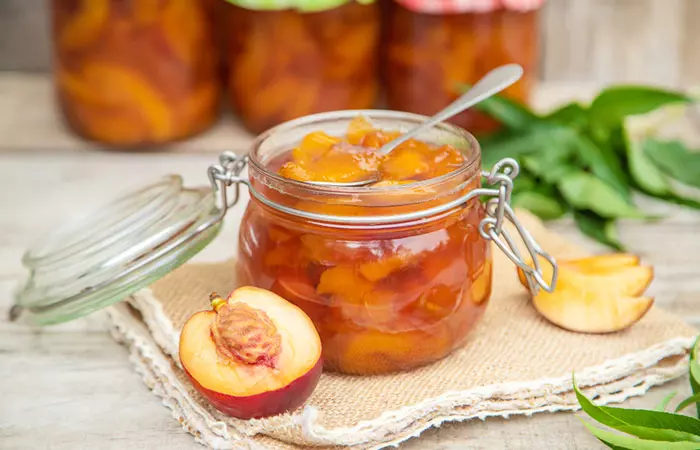
What You Need
- 6 cups of chopped nectarines, unpeeled
- 3 cups of sugar
- 4 tablespoons of lemon juice
- 1 teaspoon of the spice of your choice
Directions
- Cook all the ingredients on a mild heat for about 30 minutes.
- Add the spice of your choice (like the extracts of cinnamon or ginger)
- Skim the foam off the surface.
- Ladle the jam into sterilized glass jars.
- Process them in a boiling water bath for about 10 minutes.
All good. But what seals the deal is the knowledge of picking the right nectarine. And then storing it the right way.
How To Select And Store Nectarines
While selecting nectarines from the market, remember to squeeze them gently. They must yield slightly. Also, the nectarines must be richly colored with no brown spots. They must not have green or wrinkly patches.
Coming to storage, first, you need to ripen them at room temperature. Ensure the fruits are placed with their stem-end down, for this purpose. If the fruits emanate a sweet and flowery smell, it means they are ripe. Refrigerate them in a plastic bag (unwashed). Nectarines are known to ripen fast. Hence, refrigerate them only for a day.
Linda Cowgill, a writer and blogger, shared information on how to ripen nectarines for recipes. She writes, “A tasty piece of fruit starts with a ripe piece of fruit. I left this nectarine on the counter for a couple of days. When I was able to give it a slight squeeze, it was ready for the fridge. And now that the nectarine is nicely chilled, it’s time to eat (i).”
And, by the way, it is always better to buy nectarines (or any other fruit or vegetable for that matter) directly from the market (and not online).
How To Prepare Nectarines?
Preparation is simple too, and the process has two parts – peeling and stoning.
To peel
- Using a paring knife, cut a small cross at the base of the fruit.
- Place the fruit in boiling water for about 30 seconds.
- Using a slotted spoon, transfer the fruit to a bowl of iced water.
- Remove the fruit from the water. Using the knife, slowly pull the skin away from the fruit.
To stone
- Use the paring knife to cut the fruit along its seam and around the stone.
- Twist the knife to separate the fruit into halves.
- Using the knife again, carefully cut around the stone.
- Gently lift the stone out and discard it.
Point To Be Noted: Nectarines lose their sheen as they ripen. Also, the sweetest fruit has more white spots on the top half. And yes, this is a good sign.
Nectarines are a delicious fruit that add a tangy, sweet flavor to different dishes. But can they be consumed at night? Find out in the next section.
Should You Eat Nectarines At Night?
Moderate consumption of nectarines at night is generally considered safe. However, individuals with sensitive digestive systems may experience discomfort or acid reflux if consumed before bedtime. Hence, those with a history of acid reflux or other gastrointestinal problems should practice caution when eating nectarines at night. Additionally, consuming nectarines in moderation before bedtime is unlikely to cause weight gain due to its low calorie and sugar content (1). Therefore, eating them in moderation is key, regardless of the time of day.
Infographic: Most Important Health Benefits Of Nectarines
Nectarines are great sources of beta carotene, vitamin C and luteins so it provides some amazing health benefits. Nectarines may help prevent hypokalemia, improve heart and digestive health, and regulate blood pressure. But there is so much more!
Read through the infographic below to know more benefits of nectarines.
Some thing wrong with infographic shortcode. please verify shortcode syntax
The benefits of nectarines are numerous. They can reduce cancer risk, manage diabetes, aid weight loss, regulate blood pressure, and improve cardiovascular, digestive, skin, and eye health. They also prevent anemia, hypokalemia, and lower cholesterol levels. However, nectarines may trigger side effects in pregnant women and those with allergies. Moderate consumption of nectarines is ideal.
Frequently Asked Questions
Can I eat nectarine at night?
Catherine Rall, RDN, says, “Nectarines should be fine to eat at night, though it’s generally smart to stop eating at least an hour before bedtime in order to let your metabolism slow down before going to sleep.”
Are nectarines good for hair growth?
Mrinal Pandit, a registered dietitian and certified nutritionist, says, “Nectarines contain essential nutrients for hair growth, such as vitamins A and C. Vitamin A stimulates sebum production in the scalp, which nourishes hair and prevents it from drying out. Vitamin C’s antioxidant properties help protect hair follicles from damage induced by free radicals.”
Is nectarine acidic or alkaline?
Mrinal says, “Nectarines are mildly acidic, with a typical pH ranging from 3.9 to 4.2. However, when digested, they have an alkalizing effect on the body. This makes them a potentially beneficial choice for maintaining a balanced dietary pH.”
How to bake nectarines like peaches?
The process is simple.
Preheat your oven to 350o
Spray a nonstick cooking spray on the baking dish.
Wash the nectarines and cut them into halves. Remove the pits.
Pour apple juice at the bottom of the nectarines (in the dish).
Dot the surface of nectarines with melting butter.
Sprinkle brown sugar, cinnamon, and cloves on the fruits.
Place the dish in the preheated oven and bake for about 30 minutes.
Remove and let them cool. Serve as desired.
How to freeze nectarines?
Wash and dry them. Slice them. Arrange them on a baking sheet. Place them in your freezer for about 4 hours. Package them within a day (to avoid the freezer burn). You can freeze the fruits for up to 3 months.
Are nectarines high in sugar?
Not really. One small nectarine contains just about 11 grams of sugar. Also, they have low glycemic index.
Are there almonds in nectarines?
No. It does taste somewhat like an almond though, except for the nutty flavor that ends bitter.
Are nectarine pits poisonous to humans?
The pits contain substances (called cyanogenic glycosides) that the body metabolizes into cyanide. It is not advisable to consume nectarine pits.
Why are nectarines called stone fruits?
Because they contain stones. And these are also called pits. Or seeds.
How to ripen nectarines?
Place them in a brown paper bag along with an apple or a banana. They produce ethylene that accelerates the softening process. But check on the nectarine from time to time as it can turn mushy pretty quick.
How to make nectarine baby food?
Very Simple. Select, buy, wash, peel, pit, and slice the nectarine. Puree or mash the fruit. You can also boil the nectarine first to soften it. And you are good to go. You can also add some water if needed.
Nectar in the truest sense, indeed! Grab a basketful today, and eat a nutrient-dense food every day!
But before that, do tell us how this post on benefits of nectarines has helped you. You see the comment box down there? Yes, leave your valuable comments there. We promise to get back to you as soon as possible.
Till then, happy nectarin’!
Can I eat nectarines on an empty stomach?
No. Nectarines contain certain acidic substances like malic, succinic, citric, and acetic acids. Taking them on an empty stomach may cause acid reflux and other gastrointestinal issues.
How many nectarines can you have in a day?
The ideal daily nectarine dosage is yet to be precisely documented. Some believe that eating one fruit a day is ideal. Consult your doctor for the ideal dosage, especially if you have a medical condition.
Illustration: Amazing Health Benefits Of Nectarines
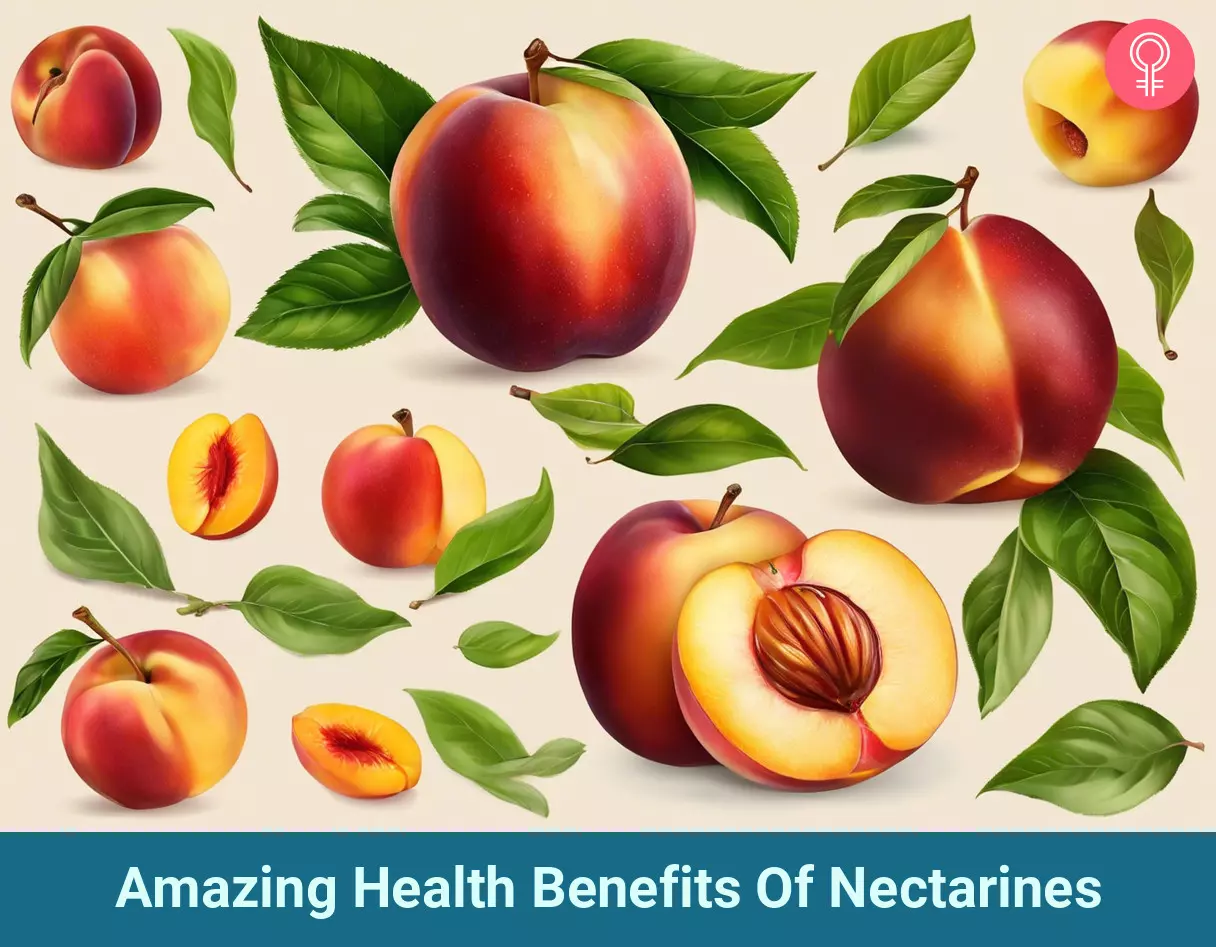
Image: Stable Diffusion/StyleCraze Design Team
Uncover the health benefits of nectarines and fascinating nutrient facts in this enlightening video that will make you appreciate this delightful fruit. Delve into the juicy goodness of nectarines!
Personal Experience: Source
StyleCraze's articles are interwoven with authentic personal narratives that provide depth and resonance to our content. Below are the sources of the personal accounts referenced in this article.
i. Nectarine sweetness ~ quick & easy treathttps://medium.com/the-plant-power-pub/nectarine-sweetness-quick-easy-treat-1e6fbdb81522
References
Articles on StyleCraze are backed by verified information from peer-reviewed and academic research papers, reputed organizations, research institutions, and medical associations to ensure accuracy and relevance. Read our editorial policy to learn more.
- Nectarines raw
https://fdc.nal.usda.gov/fdc-app.html#/food-details/327357/nutrients - Effects of Sodium and Potassium
https://www.cdc.gov/salt/sodium-potassium-health/?CDC_AAref_Val=https://www.cdc.gov/salt/potassium.htm - Antioxidant Capacities Phenolic Compounds Carotenoids and Vitamin C Contents of Nectarine Peach and Plum Cultivars from California
https://www.researchgate.net/publication/11219907_Antioxidant_Capacities_Phenolic_Compounds_Carotenoids_and_Vitamin_C_Contents_of_Nectarine_Peach_and_Plum_Cultivars_from_California - Red Fruits Composition and Their Health Benefits—A Review
https://www.ncbi.nlm.nih.gov/pmc/articles/PMC8909293/ - Intake of specific fruits and vegetables in relation to risk of estrogen receptor-negative breast cancer among postmenopausal women
https://www.ncbi.nlm.nih.gov/pmc/articles/PMC3641647/ - Steam cooking significantly improves in vitro bile acid binding of beets eggplant asparagus carrots green beans and cauliflower
https://www.sciencedirect.com/science/article/abs/pii/S0271531707002230 - Dietary patterns and risk of prostate cancer: a factor analysis study in a sample of Iranian men
https://www.ncbi.nlm.nih.gov/pmc/articles/PMC5935817/ - Antioxidant Enrichment and Antimicrobial Protection of Fresh-Cut Fruits Using Their Own Byproducts: Looking for Integral Exploitation
https://www.ncbi.nlm.nih.gov/pmc/articles/PMC3032914/ - Use of Dietary Fibers in Reducing the Risk of Several Cancer Types: An Umbrella Review
https://www.ncbi.nlm.nih.gov/pmc/articles/PMC10255454/ - A Pilot Screening of Agro-Food Waste Products as Sources of Nutraceutical Formulations to Improve Simulated Postprandial Glycaemia and Insulinaemia in Healthy Subjects
https://www.mdpi.com/2072-6643/12/5/1292 - Carbohydrate And Blood Sugar Control
https://www.fortlauderdale.gov/home/showdocument?id=8999 - Nutritional Recommendations for Individuals with Diabetes
https://www.ncbi.nlm.nih.gov/books/NBK279012/ - Chemical and nutritional evaluation of major genotypes of nectarine (Prunus persica var nectarina) grown in North-Western Himalayas
https://www.ncbi.nlm.nih.gov/pmc/articles/PMC6706499/ - Nutritional Significance of Fruit and Fruit Products in the Average Polish Diet
https://www.ncbi.nlm.nih.gov/pmc/articles/PMC8235518/ - Carbohydrate Digestibility and Metabolic Effects
https://jn.nutrition.org/article/S0022-3166(22)09445-7/fulltexta Di - Dietary supplements for body-weight reduction: a systematic review
https://ajcn.nutrition.org/article/S0002-9165(22)03882-5/fulltext - Single-component versus multicomponent dietary goals for the metabolic syndrome: a randomized trial
https://pubmed.ncbi.nlm.nih.gov/25686165/ - Evaluation of antioxidant compounds and total sugar content in a nectarine [Prunus persica (L.) Batsch] progeny
https://pubmed.ncbi.nlm.nih.gov/22072927/ - NECTARINE PROMOTES LONGEVITY IN DROSOPHILA MELANOGASTER
https://www.ncbi.nlm.nih.gov/pmc/articles/PMC3090488/ - Antioxidants of Fruit Extracts as Antimicrobial Agents against Pathogenic Bacteria
https://www.ncbi.nlm.nih.gov/pmc/articles/PMC8945554/ - Hypokalemia: a clinical update
https://www.ncbi.nlm.nih.gov/pmc/articles/PMC5881435/ - Potassium Intake and Blood Pressure: A Dose‐Response Meta‐Analysis of Randomized Controlled Trials
https://www.ncbi.nlm.nih.gov/pmc/articles/PMC7429027/ - Role of potassium channels in the vascular response to endogenous and pharmacological vasodilators
https://pubmed.ncbi.nlm.nih.gov/2001465/ - Effect of potassium intake on blood pressure
https://pubmed.ncbi.nlm.nih.gov/2104250/ - Role of dietary potassium in the treatment of hypertension
https://pubmed.ncbi.nlm.nih.gov/6360869/ - Chemical and nutritional evaluation of major genotypes of nectarine (Prunus persica var nectarina) grown in North-Western Himalayas
https://www.ncbi.nlm.nih.gov/pmc/articles/PMC6706499/ - Lowering Your Cholesterol With TLC
https://www.nhlbi.nih.gov/files/docs/public/heart/chol_tlc.pdf - Vitamin C in Disease Prevention and Cure: An Overview
https://www.ncbi.nlm.nih.gov/pmc/articles/PMC3783921/ - The Role of Vitamin E in Human Health and Some Diseases
https://www.ncbi.nlm.nih.gov/pmc/articles/PMC3997530/ - β-Carotene and Other Carotenoids
https://www.ncbi.nlm.nih.gov/books/NBK225469/ - Role of Vitamin A in the Immune System
https://www.researchgate.net/publication/327494044_Role_of_Vitamin_A_in_the_Immune_System - Vitamin C in dermatology
https://www.ncbi.nlm.nih.gov/pmc/articles/PMC3673383/ - The Role of Antioxidants in Skin Cancer Prevention and Treatment
https://www.ncbi.nlm.nih.gov/pmc/articles/PMC3984781/ - Double-blind half-face study comparing topical vitamin C and vehicle for rejuvenation of photodamage
https://pubmed.ncbi.nlm.nih.gov/11896774/ - The Roles of Vitamin C in Skin Health
https://www.researchgate.net/publication/319347502_The_Roles_of_Vitamin_C_in_Skin_Health - Vitamin C
https://ods.od.nih.gov/factsheets/VitaminC-HealthProfessional/ - The function of vitamin A in cellular growth and differentiation and its roles during pregnancy and lactation
https://pubmed.ncbi.nlm.nih.gov/7832047/ - Vitamin A helps gut T cells find their way in the dark
https://idp.nature.com/authorize?response_type=cookie&client_id=grover&redirect_uri=https%3A%2F%2Fwww.nature.com%2Farticles%2Fnm1204-1300 - Vitamin A and Immune Function
https://www.ncbi.nlm.nih.gov/books/NBK230968/ - Vitamin C in Disease Prevention and Cure: An Overview
https://www.ncbi.nlm.nih.gov/pmc/articles/PMC3783921/ - Lutein and Zeaxanthin and Their Roles in Age-Related Macular Degeneration—Neurodegenerative Disease
https://www.ncbi.nlm.nih.gov/pmc/articles/PMC8874683/ - Dietary Sources of Lutein and Zeaxanthin Carotenoids and Their Role in Eye Health
https://www.ncbi.nlm.nih.gov/pmc/articles/PMC3705341/ - Clinical Trial of Lutein in Patients with Retinitis Pigmentosa Receiving Vitamin A
https://www.ncbi.nlm.nih.gov/pmc/articles/PMC2987594/# - Lutein and Zeaxanthin Isomers in Eye Health and Disease
https://www.ncbi.nlm.nih.gov/pmc/articles/PMC5611842/ - Effects of lutein and zeaxanthin on aspects of eye health
https://pubmed.ncbi.nlm.nih.gov/20355006/ - The role of vitamin C in iron absorption
https://pubmed.ncbi.nlm.nih.gov/2507689/ - Interaction of vitamin C and iron
https://pubmed.ncbi.nlm.nih.gov/6940487/ - ANEMIA
https://www.nhlbi.nih.gov/health/anemia/treatment
Read full bio of Monica Auslander Moreno
- Dr. Mrinal Pandit is a registered dietician with the board of the Indian Dietetic Association (IDA) with over 13 years of experience. She is also a certified diabetic educator recognized by the Indian Diabetic Federation (IDF). After completing her post-graduation in dietetics from Savitribai Phule Pune University, Mrinal went on to work in maternity and childcare units, guiding new moms to plan their post-partum nutrition. Additionally, she has worked as a wellness consultant with reputed MNCs to create awareness among their employees on the importance of healthy eating.
 Dr. Mrinal Pandit is a registered dietician with the board of the Indian Dietetic Association (IDA) with over 13 years of experience. She is also a certified diabetic educator recognized by the Indian Diabetic Federation (IDF). After completing her post-graduation in dietetics from Savitribai Phule Pune University, Mrinal went on to work in maternity and childcare units, guiding new moms to plan their post-partum nutrition. Additionally, she has worked as a wellness consultant with reputed MNCs to create awareness among their employees on the importance of healthy eating.
Dr. Mrinal Pandit is a registered dietician with the board of the Indian Dietetic Association (IDA) with over 13 years of experience. She is also a certified diabetic educator recognized by the Indian Diabetic Federation (IDF). After completing her post-graduation in dietetics from Savitribai Phule Pune University, Mrinal went on to work in maternity and childcare units, guiding new moms to plan their post-partum nutrition. Additionally, she has worked as a wellness consultant with reputed MNCs to create awareness among their employees on the importance of healthy eating. - Catherine Randall is a Registered Dietitian Nutritionist with six years of experience in nutrition counseling, clinical nutrition, and meal planning. She graduated from the University of Rhode Island and aims to educate her clients on all aspects related to nutrition and health.
 Catherine Randall is a Registered Dietitian Nutritionist with six years of experience in nutrition counseling, clinical nutrition, and meal planning. She graduated from the University of Rhode Island and aims to educate her clients on all aspects related to nutrition and health.
Catherine Randall is a Registered Dietitian Nutritionist with six years of experience in nutrition counseling, clinical nutrition, and meal planning. She graduated from the University of Rhode Island and aims to educate her clients on all aspects related to nutrition and health.
Read full bio of Ravi Teja Tadimalla
Read full bio of Arshiya Syeda
Read full bio of Aparna Mallampalli






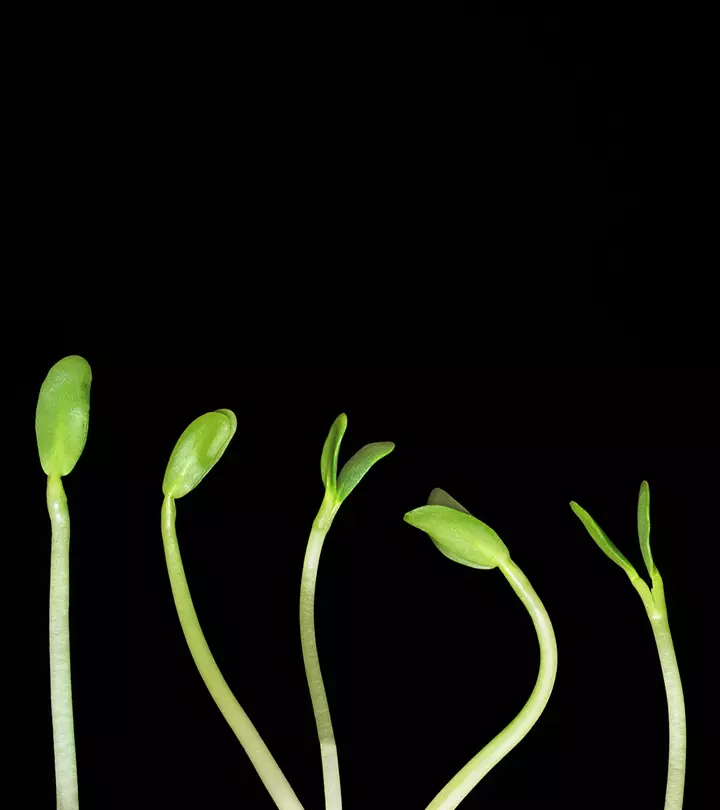
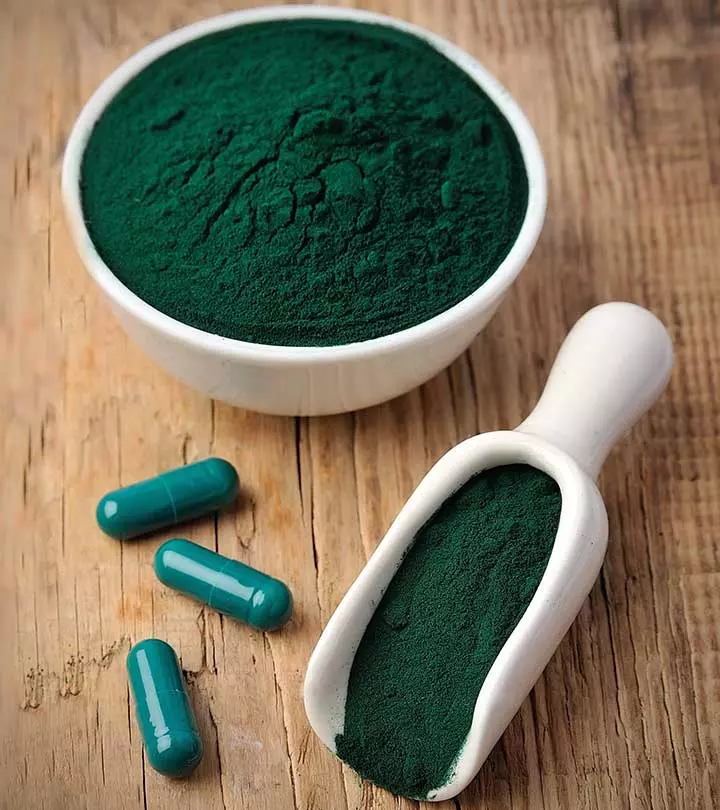
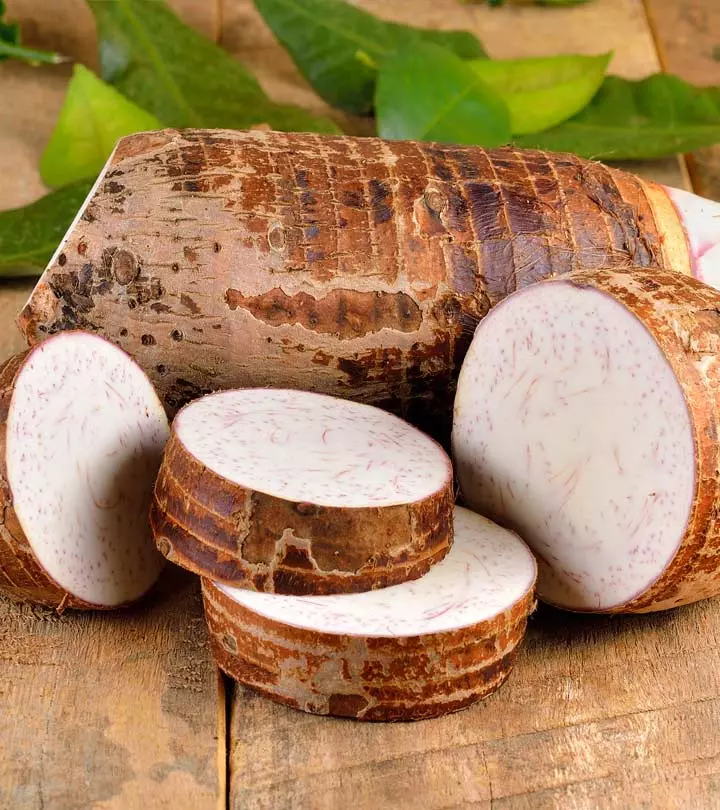
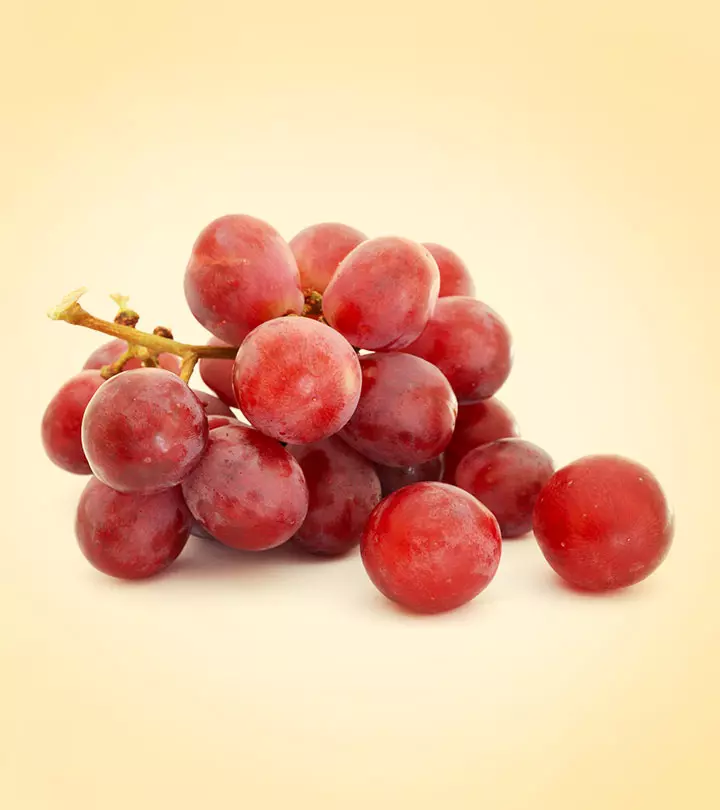
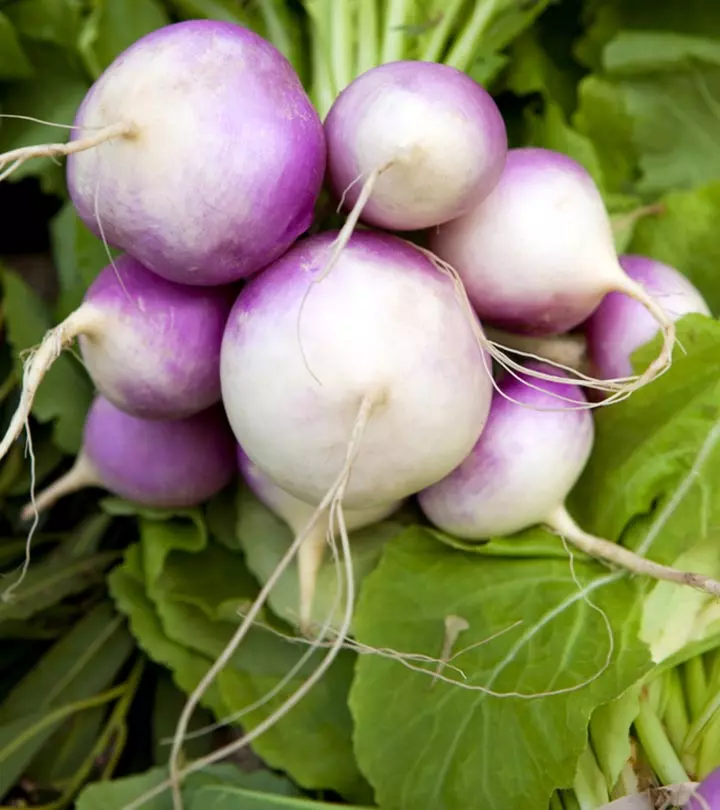
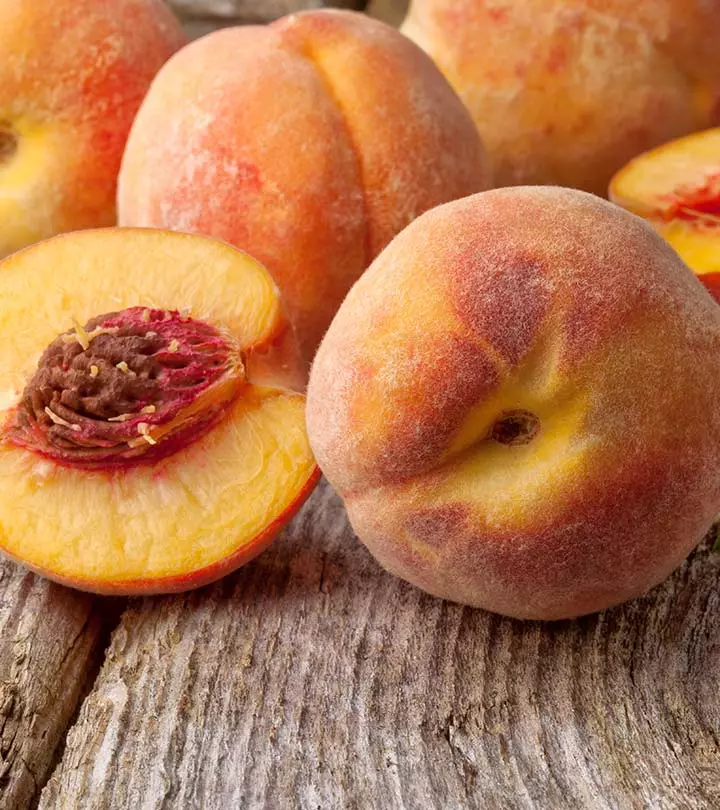
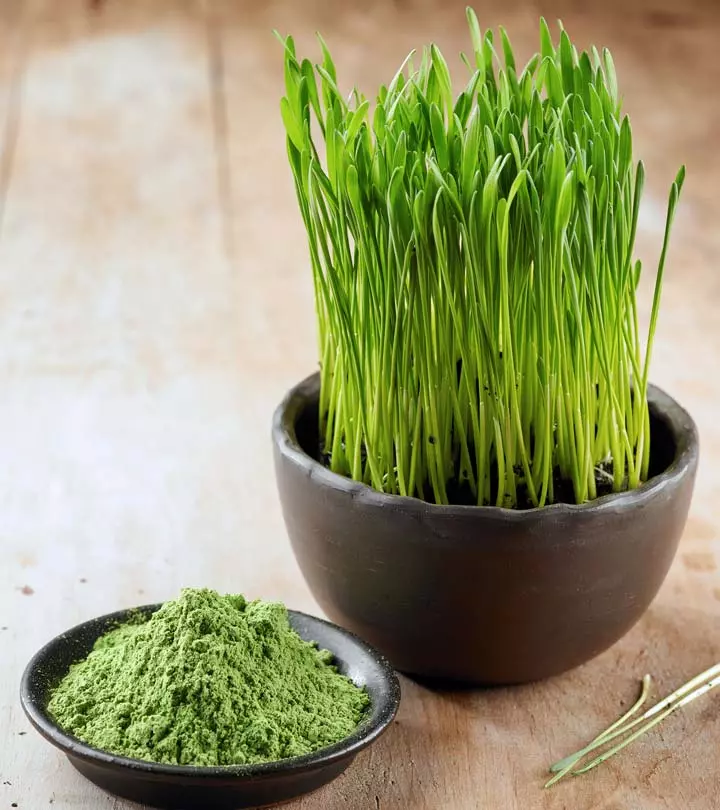

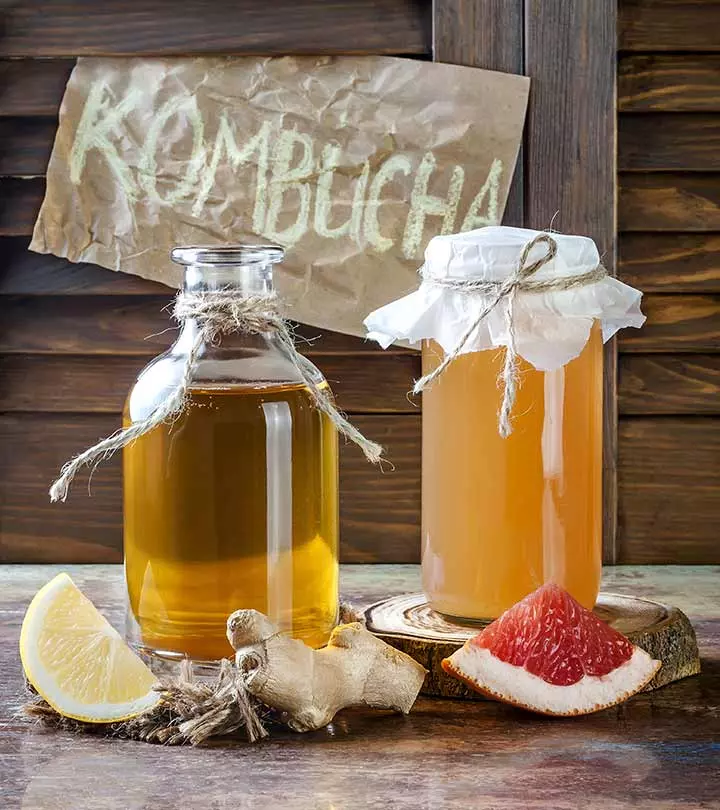


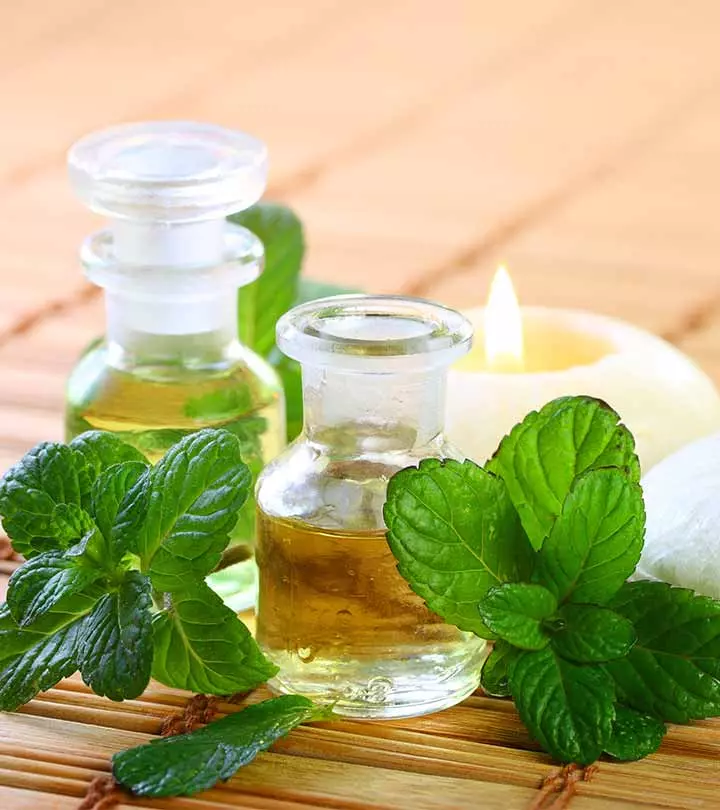
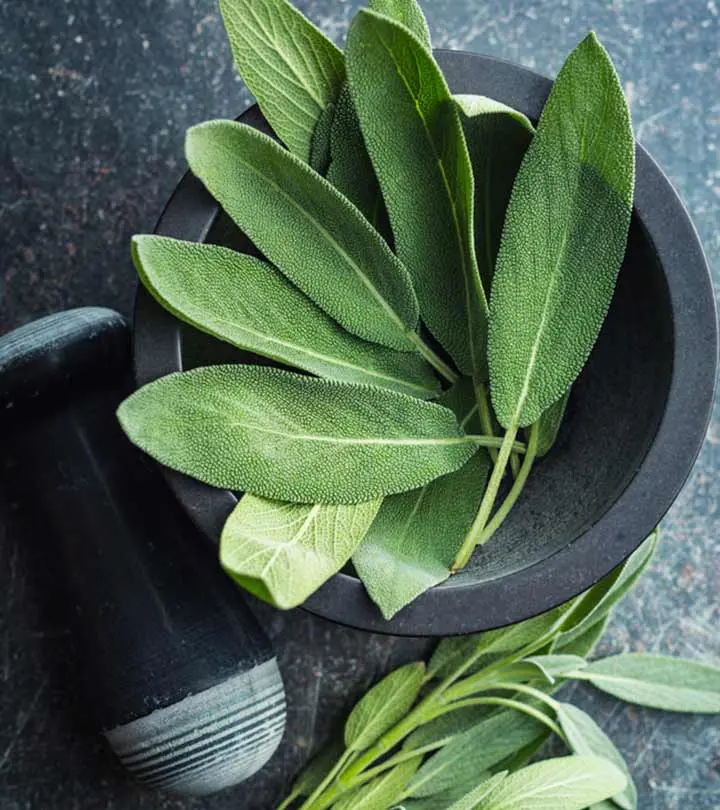
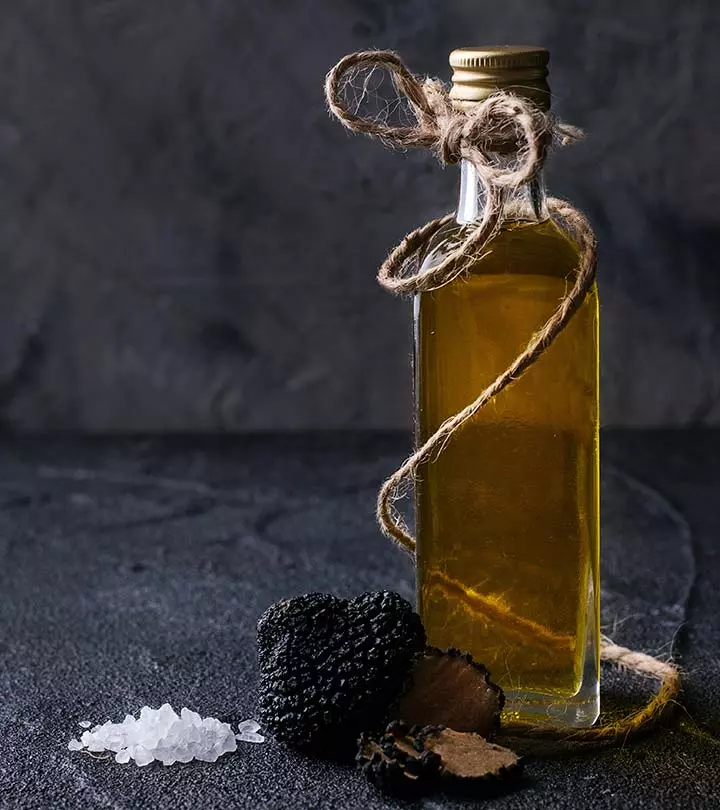
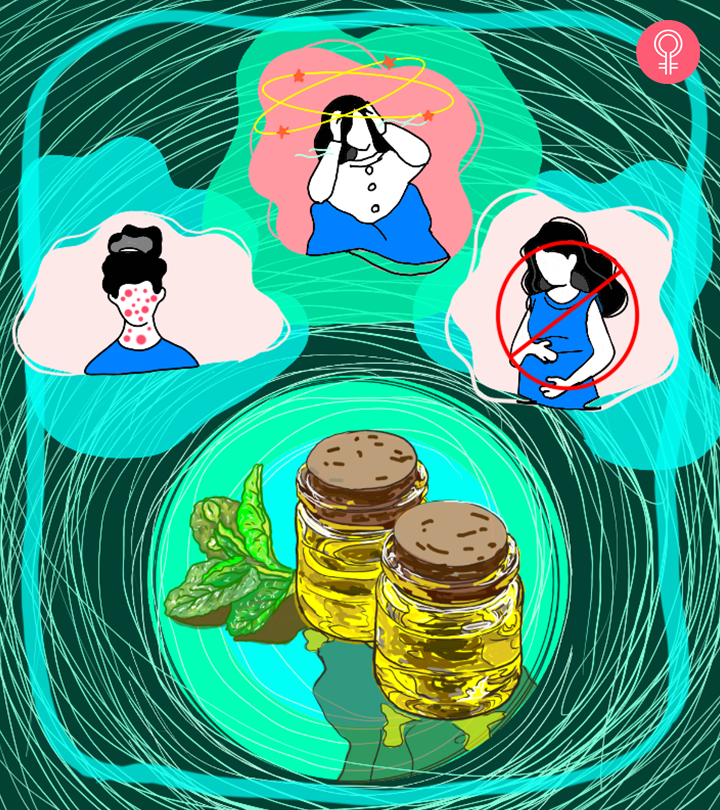

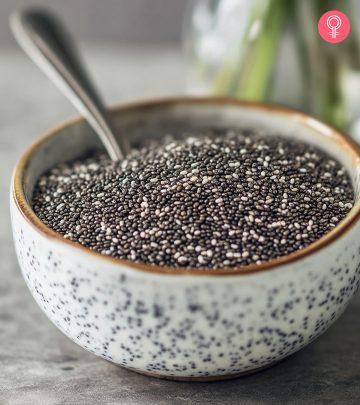
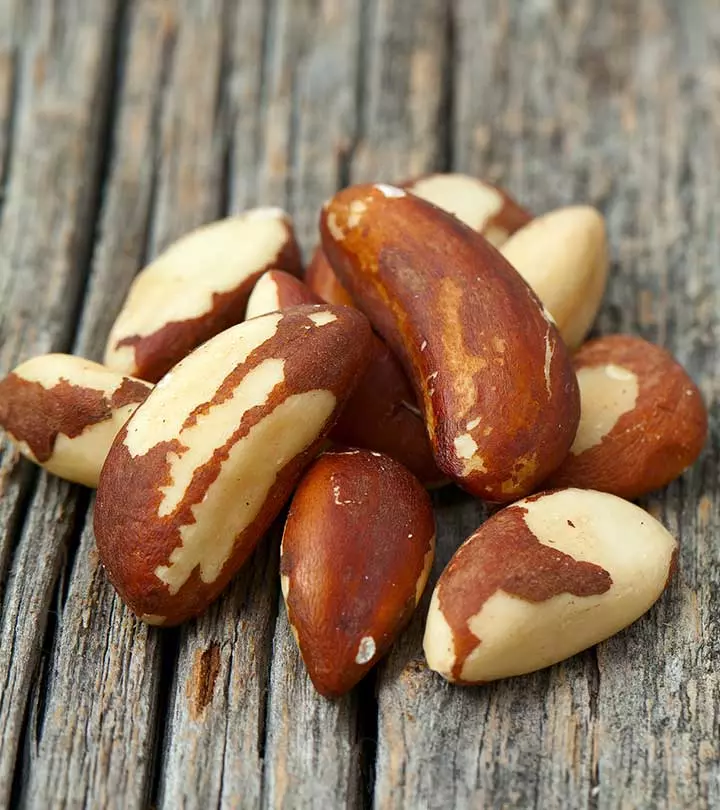

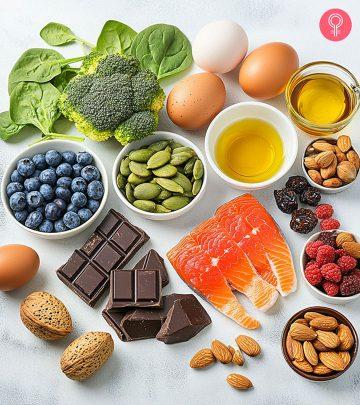

Community Experiences
Join the conversation and become a part of our empowering community! Share your stories, experiences, and insights to connect with other beauty, lifestyle, and health enthusiasts.